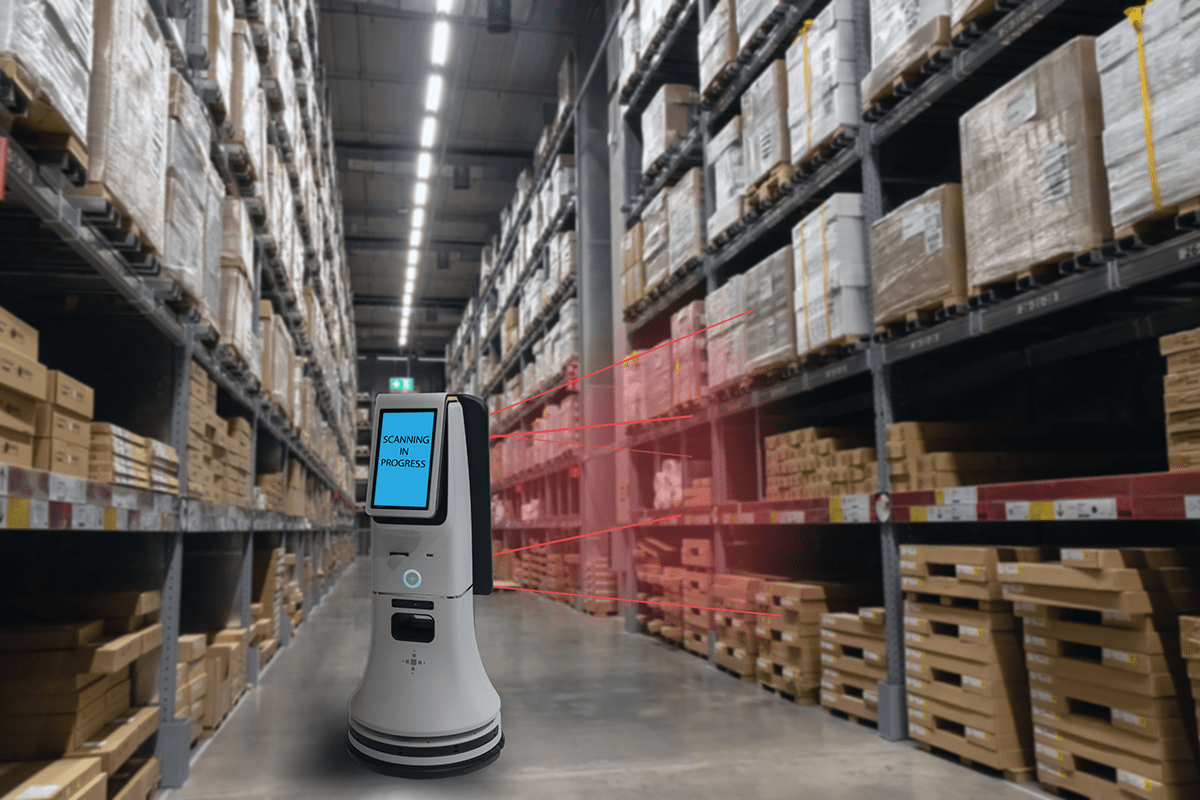
At Avistone, our focus on acquiring and operating multi-tenant shallow bay and flex industrial business parks is driven by more than just the physical characteristics of the properties – we’re investing in the tenants that power America’s small and mid-sized business economy. These versatile spaces serve a wide range of industries that value accessibility, flexibility, and functionality. In today’s dynamic economic environment, understanding who occupies these buildings—and why—is essential for appreciating the long-term strength and resilience of this asset class.
What Is a Shallow Bay or Flex Industrial Building?
Shallow bay and flex industrial properties are typically characterized by their smaller bay depths (usually less than 200 feet), grade-level or dock-high loading, and adaptable configurations that support office, warehouse, showroom, or light manufacturing use. These properties are often located near urban centers or major transportation corridors, making them ideal for tenants who need proximity to customers and labor pools.
A Diverse Ecosystem of Tenants
One of the core strengths of shallow bay and flex industrial assets is the incredible diversity of tenants and industries they attract. Below are some of the most common tenant types and the value they bring to these properties:
1. Light Manufacturers and Fabricators
These tenants use space for assembly, fabrication, and light production. The high ceilings, flexible layouts, and utility infrastructure make these buildings ideal for small-scale manufacturing operations. Industries include:
2. Wholesale and Distribution Firms
Smaller distributors rely on shallow bay facilities to serve regional customers. They benefit from direct loading access and efficient last-mile logistics. Common users include:
3. Construction and Trades Businesses
Contractors and specialty service providers need practical, accessible spaces for storing materials, housing equipment, and managing logistics. These tenants often include:
4. Technology and R&D Companies
Flex industrial space is particularly appealing to firms needing both office and light lab or testing space. These users value:
5. E-Commerce and Retail Fulfillment
The e-commerce boom has driven demand for smaller-scale last-mile fulfillment centers. These tenants need strategic urban access and quick turn logistics. Examples include:
6. Showroom and Sales-Oriented Tenants
Flex spaces allow for a blend of customer-facing showroom and back-of-house operations. This is ideal for:
7. Specialized Services and Niche Uses
These buildings also support a wide range of unique businesses, such as:
Why Tenant Diversity Matters
Multi-tenant shallow bay and flex industrial parks are built for resilience. By hosting a wide range of industries under one roof – or within a single park – property owners can reduce risk and increase income stability. Key advantages include:
A Foundation for Long-Term Performance
At Avistone, we believe that the strength of a real estate investment lies not only in the physical property but also in the diversity and durability of its tenant base. Shallow bay and flex industrial parks offer a unique opportunity to partner with the real backbone of the U.S. economy – small and mid-sized businesses from across a wide range of industries. That diversity is one of the key reasons why we continue to pursue these assets in target markets across the country.